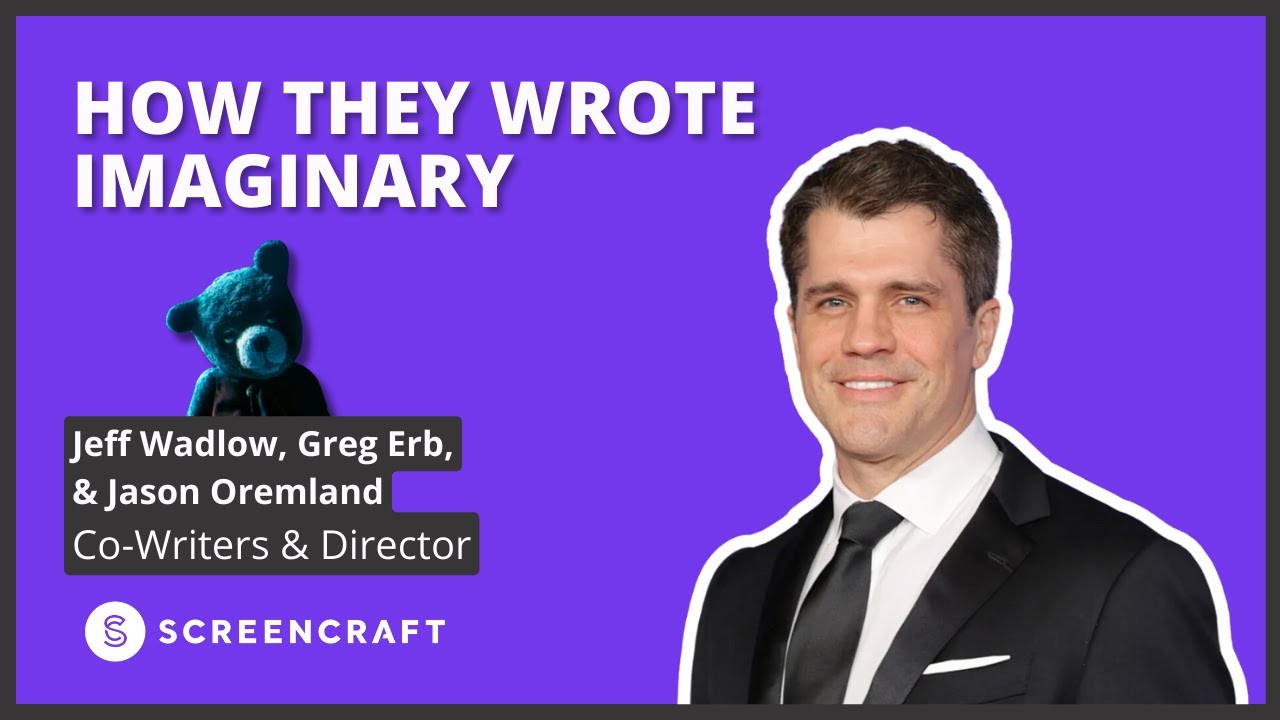Imagine a sinister version of Ted, matched with conceptual elements from Annabelle and Child’s Play. The creative team, which includes director/co-writer Jeff Wadlow and co-writers Greg Erb and Jason Oremland, behind the hit new horror flick Imaginary has brought to life a story that taps into the primal fear associated with childhood toys, specifically through the character of Chauncey Bear, an imaginary friend with a dark twist.
Drawing inspiration from movies like Pan’s Labyrinth, Friday the 13th, Labyrinth, the Sinister franchise, M3GAN, Happy Death Day, and Alice in Wonderland, Imaginary is a culmination of various inspirations from the horror genre, aiming to blend the supernatural with the deeply personal and traumatic experiences of childhood.
ScreenCraft recently interviewed the Imaginary writing team. Here are six screenwriting and filmmaking lessons screenwriters and filmmakers can learn from the talented team, accompanied by our elaboration.
Explanatory Myth Is a Good Thing
Wadlow explains that explanatory myth is a solid way to find intriguing concepts for screenplays and movies.
“If you can take something that exists in the zeitgeist and offer some sort of explanation for it with your own unique twist, you’re certainly on to something,” Wadlow said.
Audiences love what is familiar to them. We’ve all had experiences with imaginary friends, either through childhood experiences or through children we’ve raised or been around. We know the phenomenon of imaginary friends exists. We’ve even seen the concept explored in many movies in many different ways.
- Lars and the Real Girl: A socially awkward man who treats a life-size doll as his girlfriend sparks community concern that leads ultimately to acceptance.
- Drop Dead Fred: A comedy-drama where a woman reconnects with her childhood imaginary friend, Fred, causing chaos while helping her address unresolved issues.
- The Shining: Although not the central theme, Danny’s imaginary friend, Tony, plays a crucial role in this horror classic, hinting at Danny’s psychic abilities.
- Harvey: A classic film featuring a man whose best friend is an invisible 6-foot rabbit named Harvey, challenging the perceptions of those around him.
There’s even the high-concept John Krasinki film IF (which stands for Imaginary Friend) that focuses on the world of imaginary friends.
The key lesson to learn here is that if you can take something familiar to audiences (imaginary friends and teddy bears in this case) and put a different and unique spin on it, you have something that could be desirable to studios.

‘Imaginary’ (2024)
There’s No Right Way to Write as a Screenwriting Team
When asked about the strategy of writing a screenplay like Imaginary with multiple writers, Wadlow explained that there’s often a misconception when people see three writers credited as screenwriters.
“[People think] one person does a pass and the other person does a draft and the other person does their draft,” Wadlow said. “And that’s not really how we worked at all. It was very much a team effort quote similar to breaking a TV show.”
Wadlow had worked on TV series like Bates Motel and Strain, working with a few peers breaking stories together to figure out how to make each series work.
Erb explained that he and Oremland spent many days and nights together using index cards to piece together a story that worked. They would then go off on their own to write pieces of the script. He noted that some writing partners can stay in the same room as they write the script together, but that particular process wasn’t something that worked for him and Oremland.
The point is there’s no right way to write a screenplay with writing partners. You find what works for each of you and roll with that.
Read More: Simple Guidelines to Writing as a Screenwriting Duo
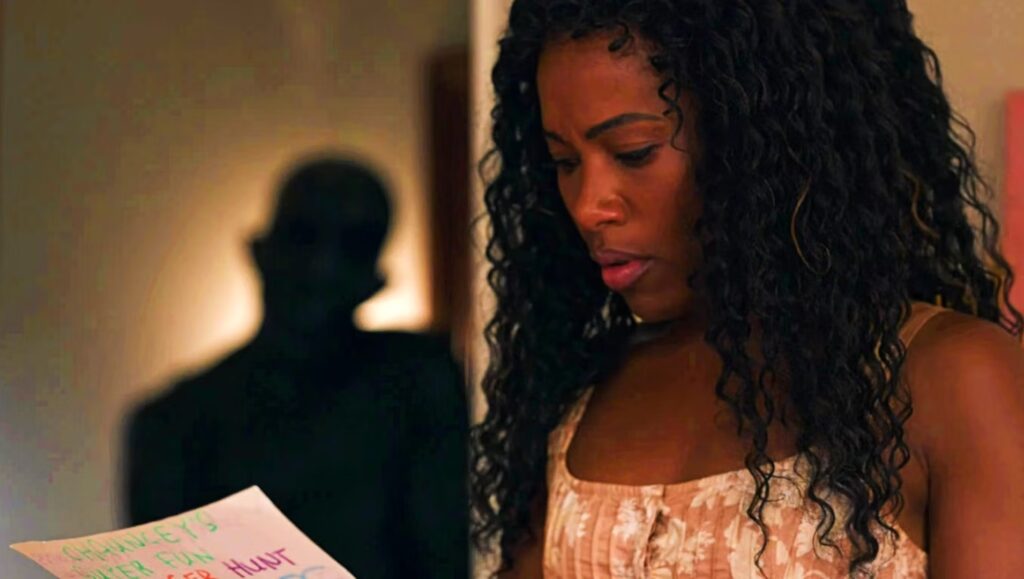
‘Imaginary’ (2024)
The Story You Write Is Inevitable
“I think it’s a really fun aspect of writing… especially draft after draft and developing stuff… is the things you stumble upon down the road seem inevitable in a certain way. And yet, sometimes, they come late in the process. And. all of the sudden, the story shifts, and you never see it coming. But at the end of the day, it seems like, ‘Oh, how could it not have always been there?’” Erb explained about the process of writing.
Many professional screenwriters, myself included, believe the story is already there for us to discover. So many novice screenwriters struggle with trying to conjure story and plot elements. It can lead to stress and a feeling of being overwhelmed.
If you switch your perspective to the idea of finding the story that is already out there, the weight lifts off your shoulders, and writing becomes fun. You play with ideas to see if those concepts are where the story should go. If they don’t fit, they’re not meant to be there. Trust in that.
Also, trust that you’ll eventually find what was always inevitable in the story—even late in the process of developing and writing.
Read More: A Screenwriter’s Guide to Plot Devices
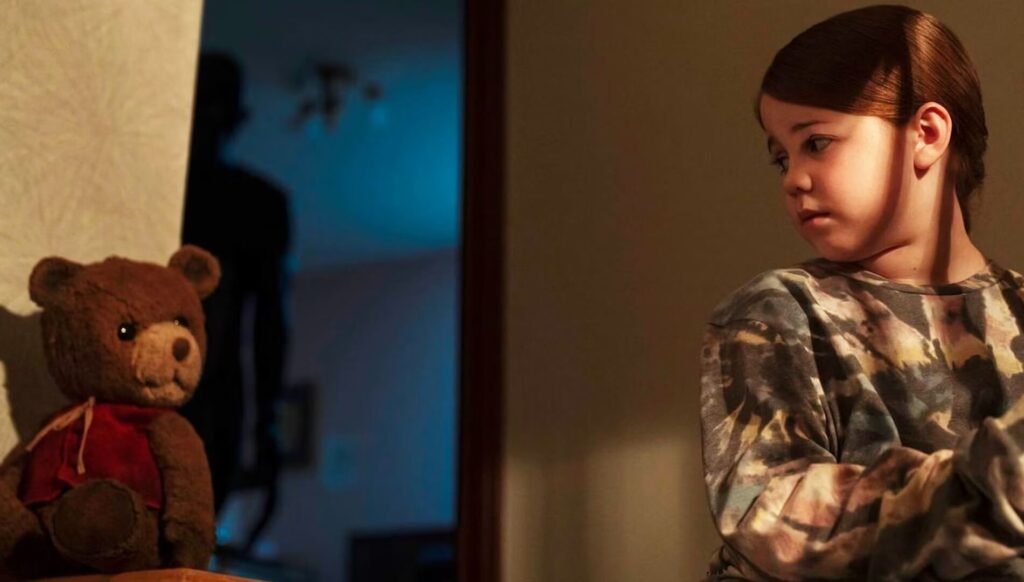
‘Imaginary’ (2024)
Screenwriters Should Be Open to Ideas from Others
“Remain open to any and all suggestions up until the movie is starting to get shot because I know that we still had a few notes that came in up until the movie was shooting… and there were a couple when you hear them you go, ‘Do we need to do that?’ But they worked out well,” Oremland pointed out. “Even when you think, ‘I’ve written a thousand drafts of a script, and I don’t want to hear any more notes,’ sometimes you get that perspective on things where you go, ‘Oh, actually, yeah, I could use one or two more notes.'”
Film is a collaborative process. Many novice screenwriters fear script notes from directors, producers, executives, and even additional screenwriters who have been brought on board a project. The hard truth is that there’s no way to avoid collaboration—especially via script notes.
Read More: Script Coverage, Notes, and Feedback: What’s the Difference?
You’re going to get notes that represent factors that you will need to change because when you’re on assignment or doing a contracted rewrite from your spec script, you’re working for the producers and executives. They will have needs and wants.
But beyond that, part of the collaborative process between screenwriters, producers, directors, and executives is to figure out the story together. The story and plot do not end with the screenwriter or screenplay—that’s where the process begins.
Don’t be afraid to consider ideas from others. There’s value in collaboration.
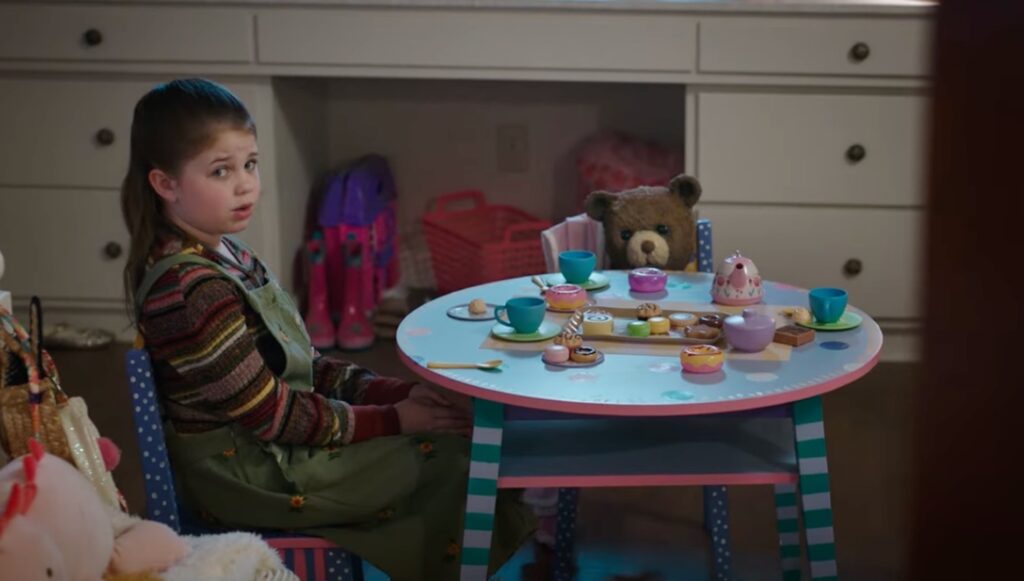
‘Imaginary’ (2024)
Don’t Plan for a Sequel to the Movie You’re Writing
Too many novice screenwriters go into the process wide-eyed with big hopes of sequels and franchises. Stop. Take a breath. You’re getting ahead of yourself.
“If you plan for a sequel while you’re making your movie, that’s the best way to make sure you never have a sequel… put all your ideas into the movie you’re working on,” Wadlow passionately stated.
Focus on the task at hand—finishing that script and making it stand on its own. Don’t worry about what you can’t control. Deliver an amazing script. Plain and simple. And if it gets made and calls for a sequel, you’ll have plenty of fun developing new ideas.
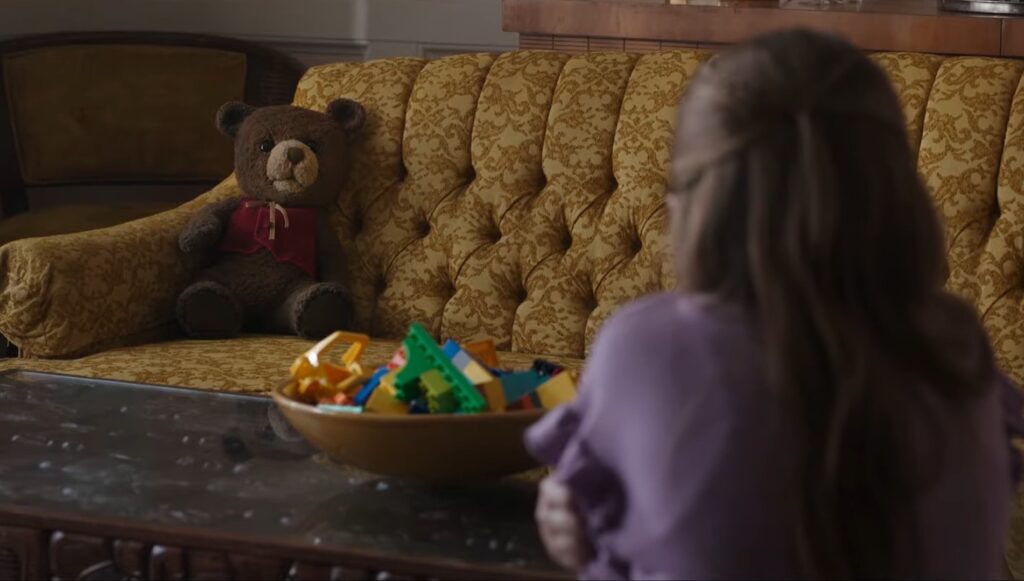
‘Imaginary’ (2024)
Don’t Be Afraid to Write in Different Genres
Wadlow made an outstanding point that all screenwriters should consider.
“I love working in different spaces… to me, it’s like being a chef. What chef only wants to make French food for their entire career?” Wadlow said. “The fun is to dip into different genres. Identify what makes that genre work. What are the audience’s expectations? And then how can you give them what they want but also offer your own unique riff and your own unique spin on that space?”
It’s great to be great in one specific genre. Showcasing a strength like that can make a career for you. However, the best and most successful writers challenge themselves by trying different genres and platforms. You discover new strengths and talents by doing that.
Read More: 5 Takeaways from a Conversation with Horror Master C. Robert Cargill
CHECK OUT OUR PREPARATION NOTES SO YOU START YOUR STORY OFF ON THE RIGHT TRACK!
Ken Miyamoto has worked in the film industry for nearly two decades, most notably as a studio liaison for Sony Studios and then as a script reader and story analyst for Sony Pictures.
He has many studio meetings under his belt as a produced screenwriter, meeting with the likes of Sony, Dreamworks, Universal, Disney, Warner Brothers, as well as many production and management companies. He has had a previous development deal with Lionsgate, as well as multiple writing assignments, including the produced miniseries Blackout, starring Anne Heche, Sean Patrick Flanery, Billy Zane, James Brolin, Haylie Duff, Brian Bloom, Eric La Salle, and Bruce Boxleitner, the feature thriller Hunter’s Creed, and many Lifetime thrillers. Follow Ken on Twitter @KenMovies and Instagram @KenMovies76
The post 6 Very Real Screenwriting Lessons from the Writers of ‘Imaginary’ appeared first on ScreenCraft.
Go to Source
Author: Ken Miyamoto

